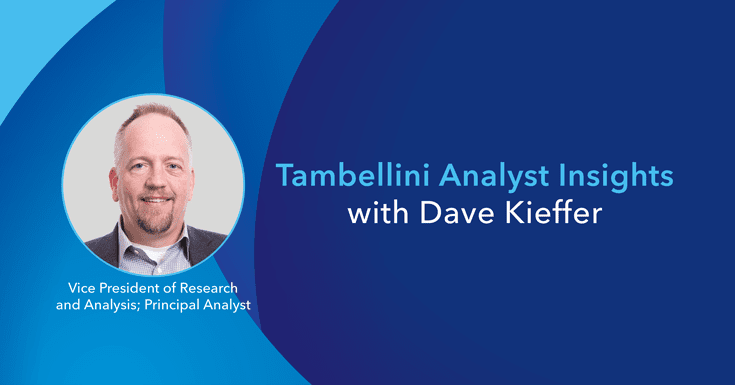What Is Workday's Technology Strategy in 2022?
Principal Analyst

Workday recently held an event for industry analysts, the Workday Summit. The event brought together many Workday senior executives (including Aneel Bhusri, Co-Founder, Co-CEO, and Chairman, Pete Schlampp, Chief Strategy Officer (CSO)) for a deep set of discussions about the Workday strategy. The topics ranged from the core business to the Workday platform, architecture, and products.
From a business perspective, Workday is a 5 billion dollar company and intends to be a 10 billion dollar company within four years. Interestingly, if every current customer bought the entire suite, they would be over $10B today. This fact leads to one of the core tenets of the business strategy, which is to expand the footprint with current customers. With Workday’s development and acquisition strategy of late, there is significant product functionality for long-time customers to consider.
From a platform perspective, Workday began as an HCM provider, expanding to finance later. These two pillars are the core of Workday’s business. As the finance and HCM products mature, Workday is turning to verticalization as a strategy to grow by building, partnering, or acquiring additional technology and functionality. I wrote about this in my Verticalization Strategies of Megavendors blog post as a common strategy amongst the largest players in these markets, notably Oracle and SAP.
For higher education, the primary evidence of investment in our vertical is the Student application. It is the only core product from Workday dedicated to one vertical. During the event, it was also better represented in our discussions with an analyst community that covers many sectors of the economy.
Workday talks about their primary method of innovation as being organic development. There is a significant functional and technical expansion of the core platform being created by their development teams. But recent acquisitions have been strategic and productive (Platfora, Adaptive, Scout, Peakon, VNDLY, Zimit).
These acquisitions have changed the mantra of Workday’s “Power of One.” There are now multiple “”clouds,” so the claim doesn’t resonate. The core of the “Power of One” architecture still exists with the finance, HCM, and student products. This shift brings some questions about this strategy and how it differs from competitors who have been acquiring and integrating solutions for decades (with questionable effectiveness in many cases).
Workday explains the difference this way: the key immediate steps after acquisition are aligning identity and security with the Workday model to ensure it is fully part of the ecosystem, thereby removing any transformation of data or security models between the platforms. This allows Workday to align the configuration and user experience (even if the look and feel are not immediately aligned). With this strategy, Workday will change the acquired systems and the Workday core when required to remove the most significant obstacles to customers adopting acquired products—data misalignment.
As with competitors, Workday focuses on using artificial intelligence and machine learning (AI/ML) in their products to enhance functionality, surfaced through regular system interactions, not as a separate product or practice. To get there, Workday has embedded AI/ML functionality in the platform for use by their application developers in weeks, not months. They are delivering quickly. They are also not recreating the wheel in every case—they have adopted Google Cloud Platform OCR as their OCR function.
The bottom line of these discussions was that Workday is investing in many interesting innovations and acquisitions. Though many higher ed institutions are not able to adopt much of this functionality, much of it could be helpful when institutions are ready. On the flip side, the cost of the entire platform with all of these innovations increases costs over time (especially with Workday’s standard annual subscription increases). Combined with the quickly increasing implementation costs, especially of the student product, price-sensitive institutions are expressing significant concerns about the overall costs of choosing Workday. If you are interested in understanding the Workday strategy, how it compares to the competition, and what this means for higher education, let’s talk!
Want the latest on Workday’s strategy? Read our blog post, “Workday Rising 2023: Workday Doubles Down on AI Transforming the Human Work Experience” from the Workday Rising 2023
Categories
Share Article:

Other Posts From this Author:
© Copyright 2025, The Tambellini Group. All Rights Reserved.